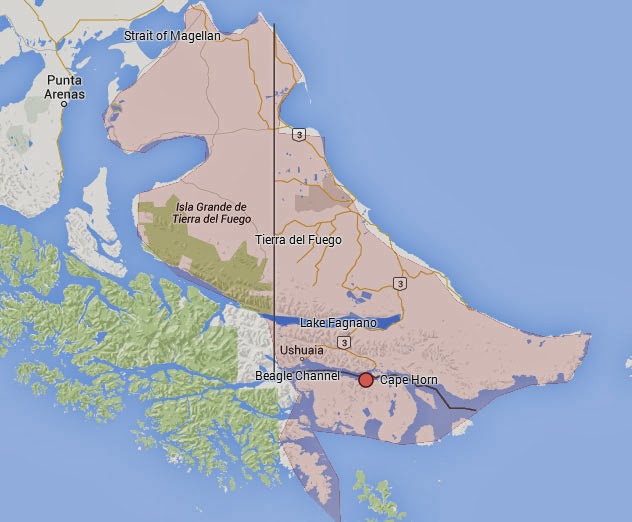Like the color of the soil on which they live: The birds of Peru’s coastal Desert.
 |
| This male Least Seedsnipe and the soil at Lomas de Lachay portray the prevailing colors in Peru’s Coastal Desert. Photo: Juan Redhead. |

Coastal river flanked by coastal desert. Photo: Alfredo Begazo
The richness of birds in Peru stems from its ecological and geographical diversity. The coastal desert is a unique ecosystem, supporting birds adapted to life in these harsh conditions. These birds exploit the scarce and often ephemeral food resources. Generally, they resemble the colors of soil in which they live. In fact, most of the native birds of Peru’s coastal desert have a range of shades between brown and black, and not in the bright colors that we associate with Tropical Birds.

Coastal Miner, a Peruvian endemic, nicely blends in the habitat it lives. Photo: Juan Chalco
It is unlikely these birds are going to make it to an advertisement brochure, or be featured in a bird calendar. However, they have incredible natural histories; and more importantly, they are relatively easy to find in the open country they live in. As one drives along the barren coast of Peru, the only form of life are sporadic small brown birds that fly away from the road and back into the desert. Those would be Coastal Miners, which rely largely on insects; in fact, there has to be insects living in the Miners' habitat to keep them alive.
The widely spaced, and often seasonal rivers coming down the western Andes give life to grasses and sparse vegetation. This is the habitat favored by Croaking Ground-Dove, Short-tailed Field Tyrants, Dark-faced Ground-Tyrant, and Yellowish Pipits.

Yellowish Pipit (left) and Short-tailed Field-Tyrant inhabit the short grass habitats and agricultural fields along the Peruvian Coastal Desert. Photos: Alfredo Begazo.
A walk through this land may wake up a family group of Peruvian Thick-knees crouched on their day roost, or flush a flock of Least Seedsnipes taking advantage of the seasonal seed production. Thick-knees will walk away as you approach them, but will only fly if approached too fast. Least Seedsnipes are nomads of the coastal desert, where they track down ephemeral sources of food.

Peruvian Thick-Knees are often hard to detect as they remain motionless in a depression on the ground. Photo: Enrique Kindleman.
Colors of the desert remain well represented in birds inhabiting the Riparian Scrub along the coastal rivers. You can say these are true LBJs (little brown jobs). Take for instance White-crested Elaenia, Southern Beardless Tyrannulet, Blue-Black Grassquit, Chestnut-throated, Parrot-billed, and Drab-seedeaters, and the Slender-billed Finch.

The handsome Slender-billed Finch is restricted coastal habitats from central Peru to Northern Chile. Photo: Juan Chalco.
They may be a little dull, but these birds were my inspiration growing up; that’s all I knew and enjoyed before I saw my first Masked Trogon from the top of a moving truck, driving down the eastern Andes. I was so awed that I continued to stare at it until I was no longer able to see it and the truck continued down the road. The burst of color I saw that day opened up a whole new, amazing world of birds to me.

Chestnut-throated Seedeaters are also nomadic as most birds that depend on seeds. Males like this shown in this photo, can be rare in some places and abundant in others. Photo: Juan Redhead.
Having gone birding in just about every corner of Peru and its neighboring countries, I always make sure to set aside time for birding in the coastal habitats, whenever I am in Peru. Knowing these birds’ sounds allows me to quickly know who is there, and who is not. I grew up there, so every time I visit that magical place, the nostalgic songs and calls always give the feeling of being greeted by old friends.

Southern Beardless Tyrannulet is a staple species along the coast of Peru where it can be easily detected by its sweet whistling song. Photo: Juan Redhead.
Special thanks to Juan Chalco, Enrique Kindleman, and Juan Redhead for sharing their photos for this post.


Comments
Post a Comment